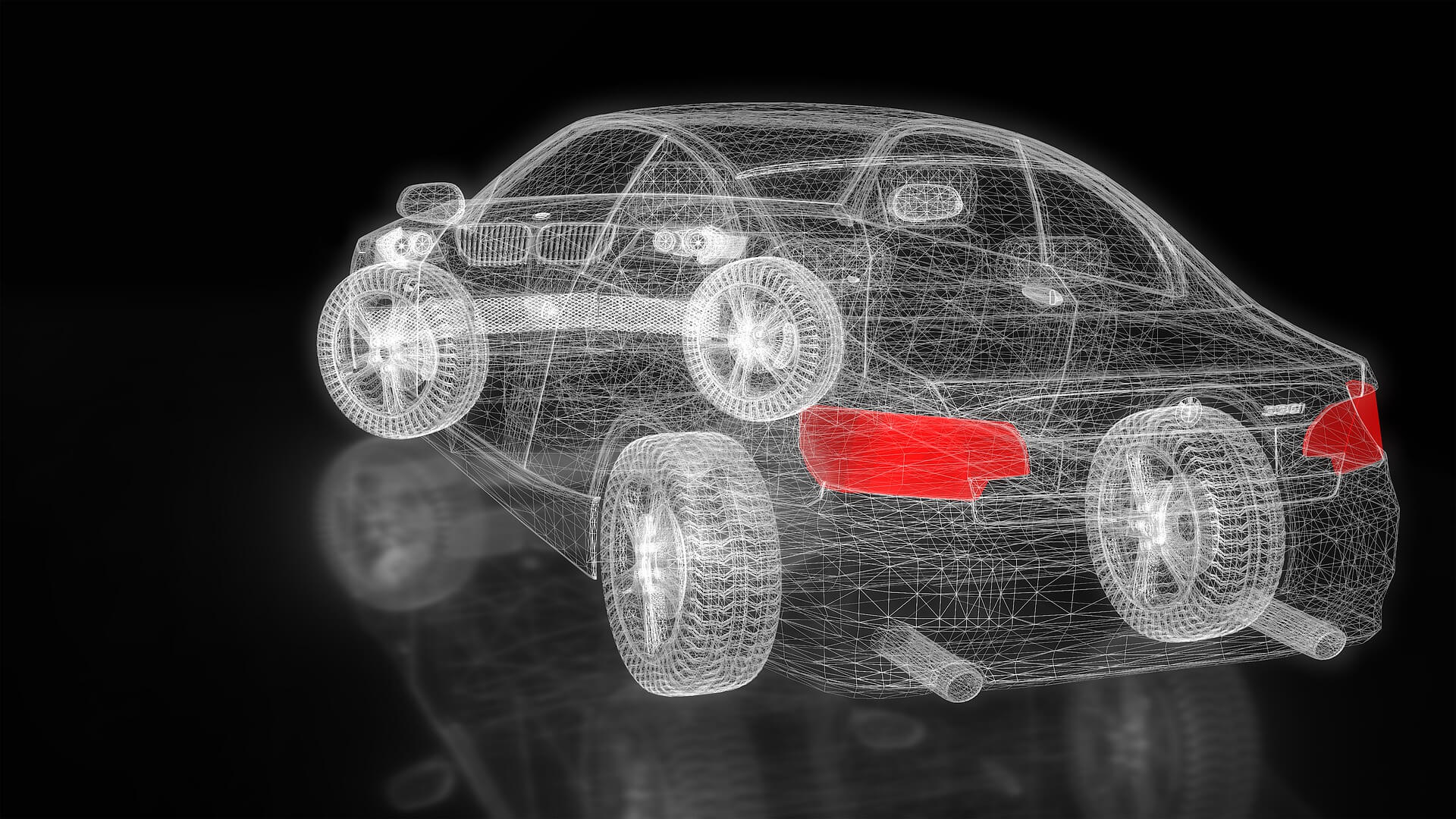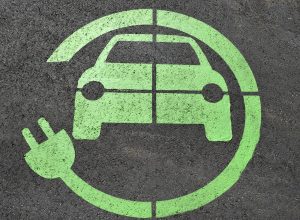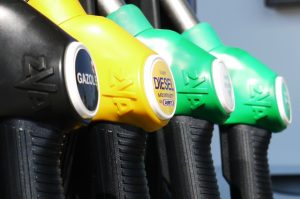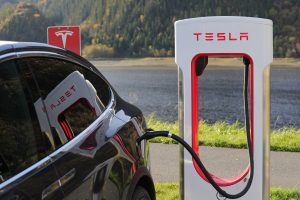
Mobility is an increasingly recurring issue in our society today. Every day we come up against questions such as: ‘What vehicles will we be using? What type of energy will we need? What alternatives do we have?’ And not just as a company, but also as citizens of the world.
Climate change and the demand for lower noise and gas emissions are boosting a revolution in mobility as we know it today. Designing the ‘greenest’ car with the best range is, without doubt, a challenge that all car manufacturers the world over are taking seriously. Proof of this are the many millions being invested on product development.
Elements that accompany the evolution of mobility
I personally think that electric vehicles are currently in fashion and obviously constitute the solution bringing about the biggest changes in the sector. However, I wonder whether this is really the ideal solution.

Image: Pixabay
And, in fact, I’m not sure that it is. What I am sure of, though, is that the entire sector is moving in that direction and that we, as a company, must be on our toes. What is also obvious is that it is no longer enough to present a solution with electric mobility in order to be different from our competition. Because of this, it is important that we continue to search for the distinctive element that will make us better.
In my opinion, identifying this distinctive element will be easier if we are able to understand and predict the evolution of mobility in the short to medium term. But I’m sure we will to keep up with this evolution if we consider the following elements:
- Energy sources
- Shared mobility
- Alternative solutions
Energy sources
The pressure to stop using fossil fuels is constantly increasing, irrespective of whether impressive gas emission reductions are obtained with these engines. However, now that Germany (one of the world leaders in the car industry) is seeking to restrict access of such vehicles to some city centres, this is setting the trend to stop consuming fossil fuels.

Image: Pixabay
Another important energy source which is considered more ‘environmentally friendly’ than diesel or petrol, is natural gas: whether in the form of CNG (Compressed Natural Gas) or LNG (Liquefied Natural Gas). CNG is used mainly in urban environments, particularly in public transport and waste collection services. However, its reduced range is a significant limitation. To make up for this, the future of this energy source will most likely be LNG. My opinion is strengthened by a European project called Blue Corridor, the aim of which is to build up a network of LNG stations to allow vehicles running on LNG to drive freely throughout European countries.
Given that electric vehicles aren’t an immediate alternative, at least for heavy vehicles, LNG could be an alternative to consider as the most feasible substitute for diesel today.
Nevertheless, electric mobility seems to be what’s talked about today. Although I have my doubts over whether it really is the best solution, the truth is that right now electric mobility has certain benefits over other modes of transport. One of the crucial points in favour of electric mobility, as shared by the European Climate Foundation, is linked to the fact that electric cars have an impact 2 or 3 times lower than diesel or petrol engine vehicles on climate change.
The electric vehicle is not yet 100% eco
However, the success of electric mobility will depend on whether manufacturers are able to increase battery autonomy. If not, massive scaling of this mode of transport will be severely compromised. Another aspect to improve in connection with electric vehicles is the environmental impact of batteries, which are responsible for 40% of electric vehicle emissions when taking the vehicle’s full life-cycle into account.
Charging times are a further obstacle for electric mobility. Users and manufacturers are increasingly demanding shorter charging times. In this respect, High Power Charging (HPC), by Phoenix Contact, seems to already be offering results. It has already developed a technology which allows charging a battery for a range of up to 100 km in just three to five minutes.
Regarding the main manufacturers of such vehicles, Tesla and Nissan stand out above the rest. However, and as I pointed out earlier, the main actors are investing large amounts of money in electric mobility and it wouldn’t be surprising to see BMW, Volvo, Toyota, VW, Hyundai or Mercedes, for example, come up with very convincing solutions in the near future.

Image: Pixabay
Shared mobility
Shared mobility, also known as carsharing, is another concept which is revolutionising mobility as we know it. Brands like BMW, Mercedes, Volkswagen, Ford and the PSA Group, already consider car manufacturing as a thing of the past and are starting to increasingly look to shared and sustainable mobility.
Shared mobility services are making big companies create or associate with start-ups to find mobility solutions. Emerging solutions such as Moia, Volkswagen’s most recent initiative, PSA Group’s Free2Move, or Chariot, which operates in the USA and is associated with the Ford Group, are the most recent examples of what is predicted will be the future of mobility. Ferrovial is already working on it with the ZITY Project in Madrid.
Happening simultaneously to shared mobility but no less important is the impressive evolution of autonomous vehicles. Today, such vehicles are a reality and we can see them in cities daily.
What hasn’t yet been accomplished, although it won’t take much longer (Tesla claims it will have an 100% autonomous vehicle in 3 to 6 months’ time), is an 100% autonomous and 100% safe vehicle. Fully autonomous vehicles already exist, but their safety isn’t yet guaranteed. Another limiting factor, at least in Europe, is legislation, which requires a driver in every vehicle.
Shared mobility associated with autonomous vehicles, together with cost and resource optimisation, is also a differentiating element. Only the most alert and innovative companies will be able to take advantage of this, in the short term.
Alternative solutions
Alternative solutions are beginning to emerge, which, although not yet ready for everyday use, look to be a reality in in the near future.
The first of these is Airbus’s latest innovation. Although only a prototype and not a reality yet, it probably will be soon, as AirBus states: ‘We’re determined to make urban air mobility a reality’.
The second alternative solution, which for me is the best energy source there is today, is hydrogen. It’s a clean energy at all levels and has enormous growth potential. I think this will be the real competition for electric mobility in the very near future.
Before ending this article, I will attempt to answer the question with which I began it: What vehicles will we be ‘driving’ in 2030? I don’t think we’ll be driving in 2030, we’ll be driven. I also think that we will stop using roads on land and start using aerial routes. What do you think?





There are no comments yet